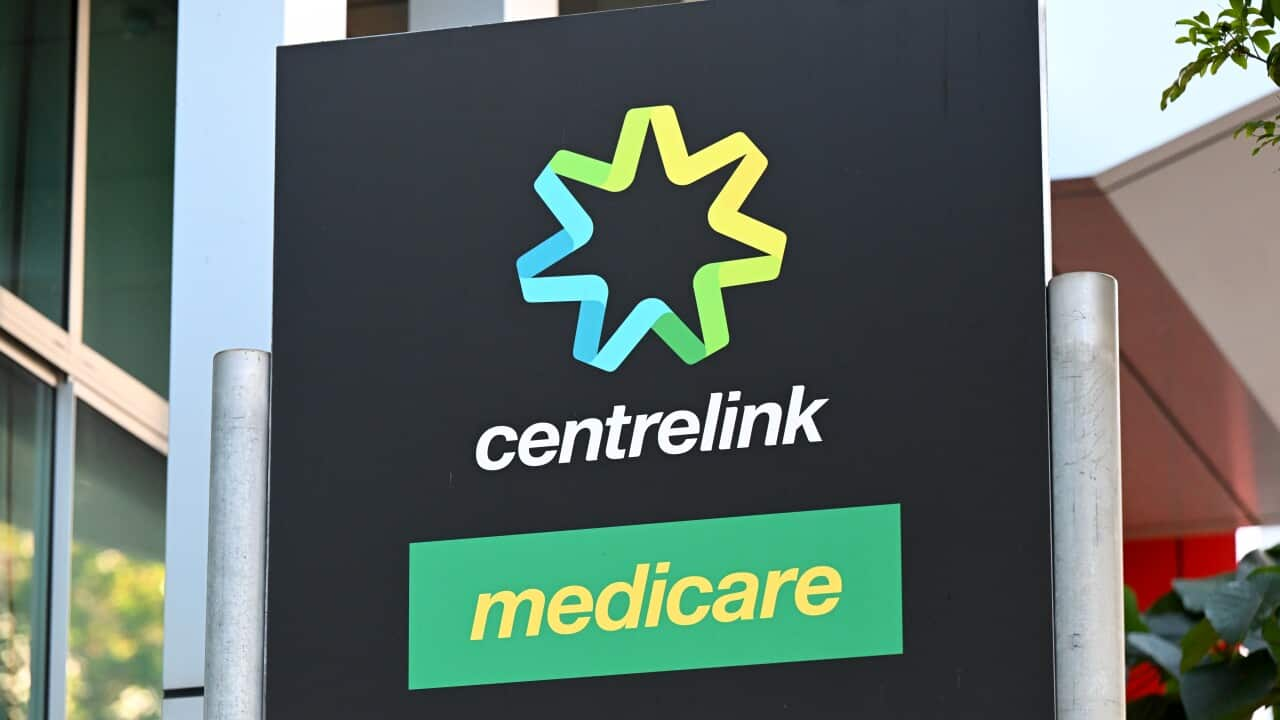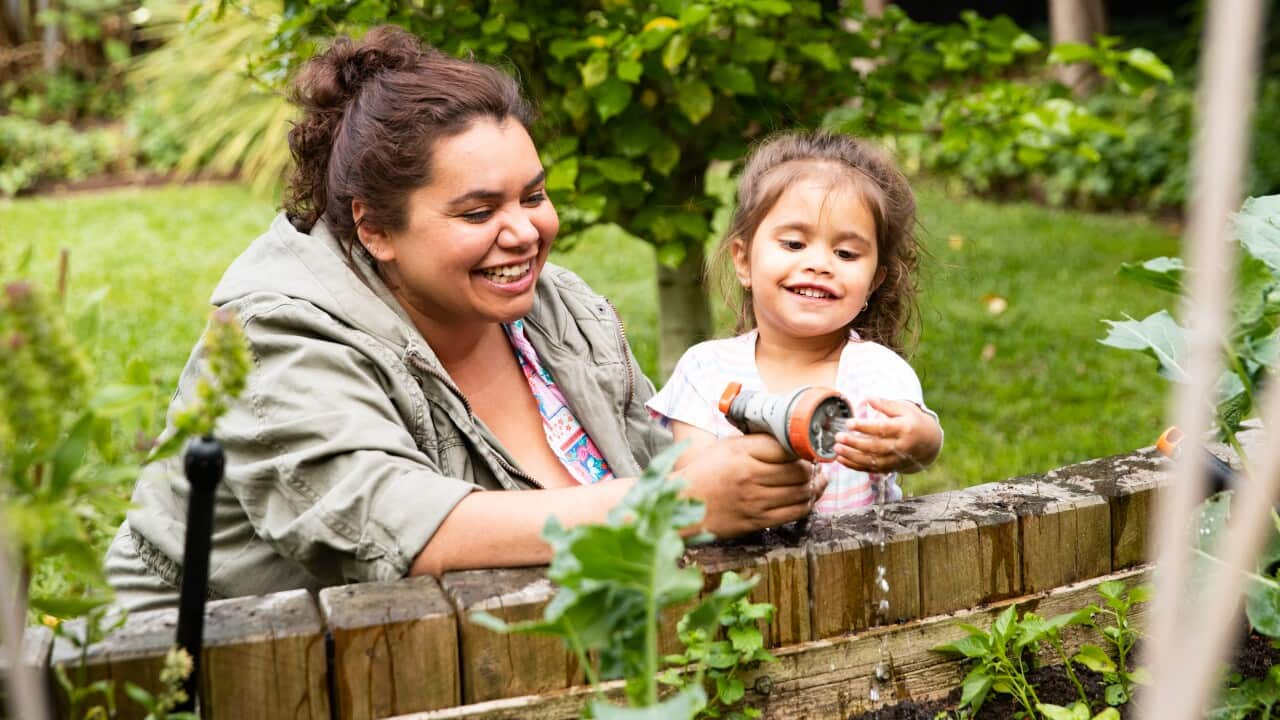Key Points
- Government payments are designed for every life stage.
- Services Australia delivers payments on behalf of the government via programs such as Centrelink.
- Strict eligibility requirements and waiting periods apply to payments.
- Protection or Humanitarian Visa holders have access to the same payments as Australian citizens.
Services Australia is the agency that delivers Centrelink payments to eligible Australians on behalf of the government. They are also responsible for Medicare and child support payments.
“Nearly everyone in Australia will interact with us at some point in their lives,” Services Australia General Manager Hank Jongen says.
Most support payments have rigorous eligibility criteria including residency requirements. In most cases you need to be an Australian citizen or permanent resident.
Your income, assets and bank accounts are all taken into consideration when assessing your eligibility and how much you could receive.

Disability Support Pension supports people who are prevented from working due to a physical, intellectual or psychiatric condition that is likely to persist for more than two years. Credit: vm/Getty Images
Payments according to your life stage
To help navigate the broad range of available payments, Services Australia has categorised information in an accessible way. Finding a payment type is simple even if you’re not quite sure what you’re looking for, Mr Jongen says.
“We've structured it around what we call 'life events' and there are six key life events that are covered: Raising children, Living arrangements, Ageing, Work, Education, and Health and disability,” he says.
You can explore the website for any of the categories you believe might affect you. You’ll find a range of payment types, eligibility criteria, current payment rates and waiting periods.
The newly arrived resident’s waiting period (NARWP) means that new residents may have to wait up to four years before they can receive most Centrelink payments.
Here we break down some of the most common government payments, all delivered by Centrelink as part of Services Australia.
JobSeeker Payment
Many people genuinely want to work but are unable to do so. JobSeeker Payment is the financial help you can receive if you’re aged between 22 and Age Pension age, which is 67, and looking for work.
This would be the appropriate payment to apply for if you become unemployed, or are temporarily sick or injured.
The rate of payment you receive depends on whether you're single or partnered – either married or living in a de facto relationship – and whether you have children.

JobSeeker Payment is the financial help you can receive if you’re aged between 22 and Age Pension age, which is 67, and looking for work. Credit: courtneyk/Getty Images
Youth Allowance
If you’re 24 or younger and in full-time study or an apprenticeship, or under 22 and looking for work, you could be eligible for Youth Allowance.
Austudy is a separate payment for full-time students aged 25 and over.
Family Tax Benefit
If you have a family and are on a low income you can receive government support through what’s called the Family Tax Benefit.
This is a range of payments that assists families with the cost of raising children, Mr Jongen says.
“The rate of payment that you receive really depends on your family situation. There are different rates for couples, the rate is affected by the level of family income, and of course the rates do vary depending on the number of children and the age of those children.”
Age Pension
The government assists people at every stage of life. The Age Pension is designed to support people who have reached retirement age, which in Australia is 67 years and over.
To get Age Pension you generally need to have been an Australian resident for at least 10 years in total. And for at least five of these years there must have been no break in your residence in Australia.Hank Jongen, General Manager Services Australia
The rate of payment is different for singles and couples.

Age Pension is designed to support people who have reached retirement age, which in Australia is 67 years and over. Credit: Fly View Productions/Getty Images
Disability Support Pension
This payment supports people who are prevented from working due to a physical, intellectual or psychiatric condition that is likely to persist for more than two years. It also assists those with a terminal illness.
The eligibility criteria are strict and you must provide medical evidence to support your case.
Carer Payment
Carer Payment is associated with the Disability Support Pension. It supports those who provide full-time care and attention to a person with a severe disability or illness.
The additional Carer Allowance helps to cover things like filling prescriptions or driving someone to their medical appointments.
Residency and visa requirements
Australian citizens and permanent residents are eligible for government benefits through Centrelink.
If you have recently moved to Australia, simply search ‘Moving to Australia’ to find information for migrants, refugees, newly arrived residents and asylum seekers.

Carer Payment is associated with the Disability Support Pension. It supports those who provide full-time care and attention to a person with a severe disability or illness. Credit: BlessedSelections/Getty Images
People granted Protection or Humanitarian Visas have access to Centrelink and other mainstream services, the same as other residents and citizens, whereas people seeking asylum do not have access to Centrelink.Shaheen Whyte, Senior Policy Officer, Refugee Council of Australia
Certain people seeking asylum could have access to Status Resolution Support Services (SRSS). This is a government-funded program that supports vulnerable migrants who are waiting on a visa application, including people seeking asylum.
“SRSS provides a basic living allowance which is capped at 89 per cent of the JobSeeker Centrelink allowance, and also provides casework support and access to counselling services,” Mr Whyte says.
“Unfortunately, most people seeking asylum are ineligible for SRSS because it has quite a high threshold to get onto the program. The program has very strict eligibility criteria and the department requires people to be able to demonstrate that they have severe physical or mental health condition in order to get onto the program.”
How much money will you receive?
If you meet all the eligibility requirements and waiting periods, your rate of pay might be dependent on your personal and financial circumstances.
To find out how much you could receive, search the website for your ‘life event’. The website will guide you to the current payment rates and any waiting periods that may apply.
Information in your language
You can read, watch or listen to Services Australia information in more than 75 languages. Simply look for your language in the search bar.
Centrelink offices will also arrange for a free interpreter when you visit or call on 13 12 02.
Subscribe to or follow the Australia Explained podcast for more valuable information and tips about settling into your new life in Australia.
Do you have any questions or topic ideas? Send us an email to [email protected]















